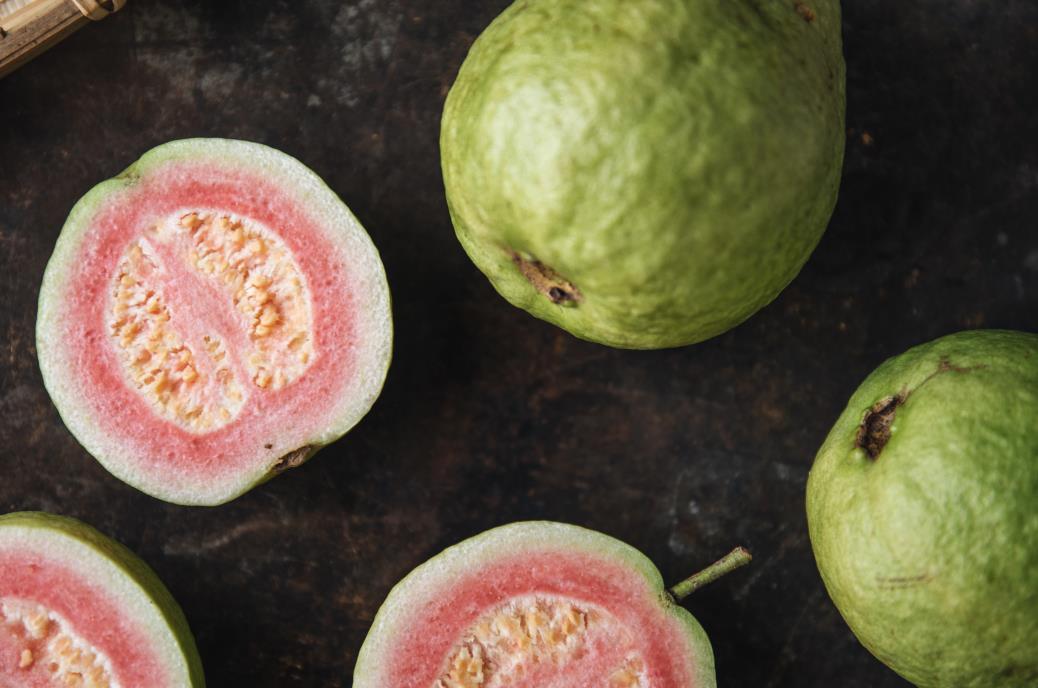A lamb is a young sheep, usually less than a year old. Most people consider it a “special occasion” meat, but it’s pretty versatile. Like beef cuts, lamb cuts are vastly different in flavor, texture, and even price. So before you go to the butcher or grocery store, you must familiarize yourself with the different cuts of lamb for the best results in your cooking.
Before a butcher divides a lamb into its primal cuts, the whole lamb is first split down into the foresaddle and hindsaddle. The foresaddle, the front portion of the animal, contains the shoulder, breast, rib, and foreshank primal, whereas the hindsaddle contains the loin, flank, hindshank, and leg primal. The butcher will then divide each primal cut into retail cuts, which you’ll mostly see at the store.
Given the variations in taste, texture, and price, it’s important to know which lamb cut best suits your needs. This guide will provide a detailed overview of the different lamb cuts, their key characteristics, and recommended cooking methods.
Table of contents
Best knives for lamb cuts
Before we delve into the different lamb cuts, let’s first look at the best knives for the job. Different parts of the lamb require different knives, so it’s crucial to have the right tools for the job.
Below are our recommendations for the best knives to use for different lamb cuts:
Chef’s knife
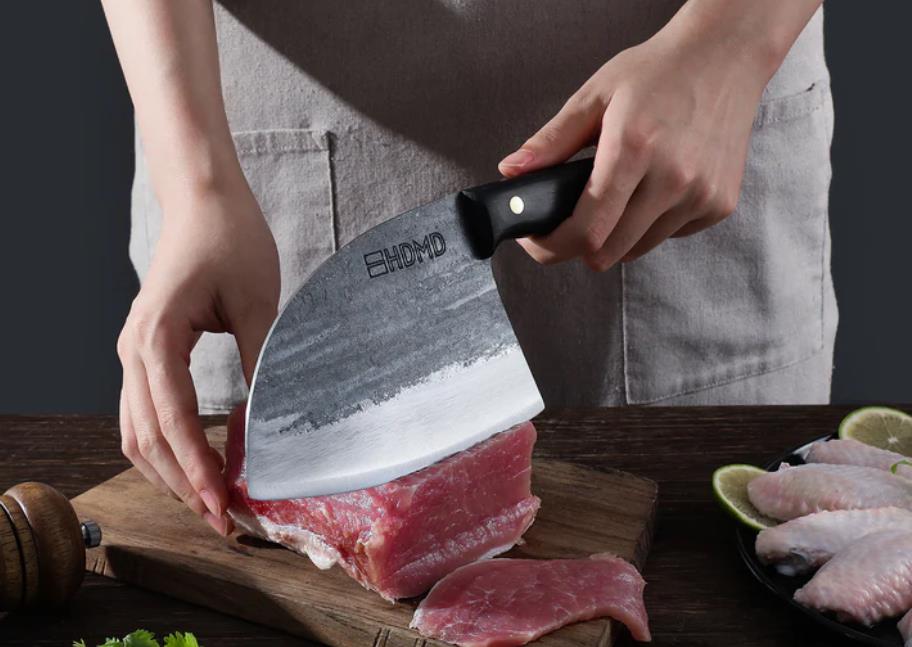
The versatility of a chef’s knife makes it ideal for a vast majority of lamb cuts. A good chef’s knife will have a sharp, slightly curved blade. The design of the blade makes it ideal for slicing and chopping meat, as well as for removing bones. You can use a chef’s knife on almost any cut of lamb, from the neck to the shank.
If you don’t have a chef’s knife, consider checking out our Serbian chef’s knife. It’s an excellent all-purpose knife, perfect when working with lamb (and almost any other type of meat). This knife boasts the ruggedness of a true handmade knife, with a full-tang construction and a high carbon steel blade.
Boning knife
The long, thin blade of a boning knife is perfect for removing bones, as well as for trimming and shaping meat. You can use a boning knife to remove the excess fat from lamb cuts. A good boning knife will have a sharp, curved blade that’s easy to control.
Cleaver
A cleaver is an ideal tool for chopping through bones. The broad, heavy blade can quickly break down a lamb carcass into smaller pieces. A cleaver is also great for portioning larger cuts of lamb, such as the leg or shoulder. The best cleaver knife will have a thick, sharp blade that’s easy to control.
Handpicked for you
True cutting power in the palm of your hand
Different cuts of lamb
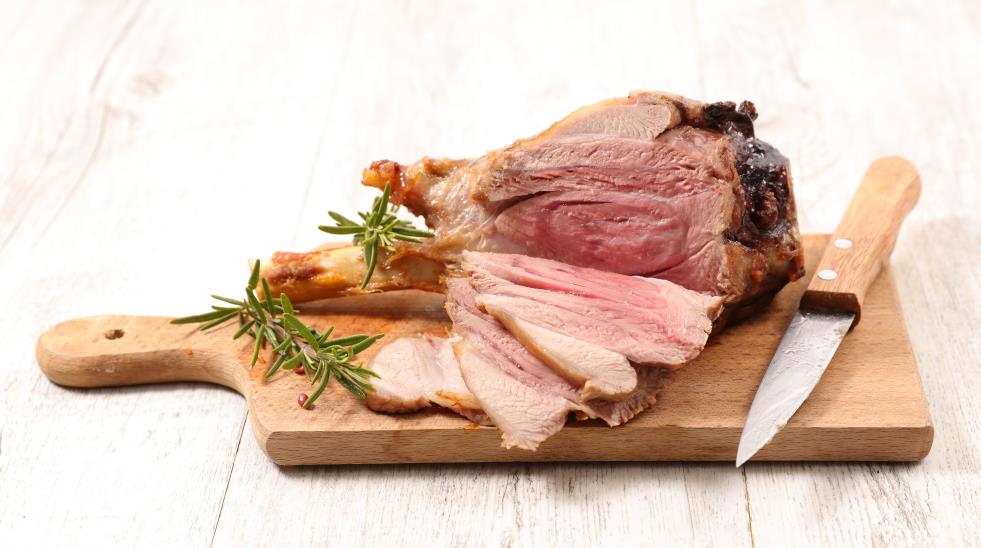
A lamb has five major primal cuts—the shoulder, rib, loin, leg, and shank. However, we also have other parts like the neck, breast, and flank. Depending on the muscle, fat, and connective tissue, you can divide each primal cut into different retail cuts.
Generally, lamb is a fairly tender meat, but the different cuts can vary significantly in taste and texture.
This guide will cover the major primal cuts but will also include common retail cuts where appropriate.
Shoulder
The first cut we’ll look at is the shoulder. The shoulder primal is part of the foresaddle between the neck and rib. The shoulder is a relatively tough lamb cut with lots of connective tissue. While it’s not the most tender, it is one of the more flavorful cuts.
Some common retail cuts from the shoulder cut first include:
- Shoulder roast: An ideal cut for slow-roasting or braising. The shoulder roast is a large, boneless cut that contains the entire shoulder muscle.
- Shoulder chops: Chops cut from the shoulder primal are usually relatively tough and not as tender as chops from other parts of the lamb. These chops make excellent candidates for braising or stewing.
- Arm/blade chops: These chops come from the upper part of the shoulder and contain a good amount of fat. While they’re not as tender as other chops, they are well-suited for grilling or pan-frying.
Other retail parts of the shoulder primal include ground lamb, kabob meat, and stew meat. Given the thickness of the shoulder muscle, slow-cooking methods are generally best. This method gives the connective tissue time to break down, resulting in a more tender product.
You can also stuff the shoulder with your favorite filling, then roast or braise it. If you decide to stuff the shoulder, ensure you butterfly it first. A butterfly cut helps the shoulder cook evenly and prevents it from drying.
Rib
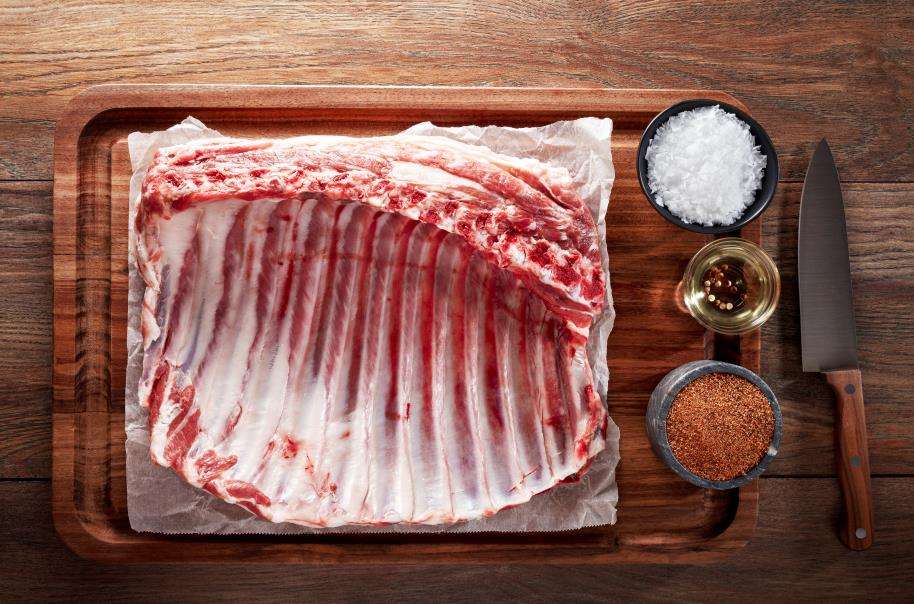
The rib is also part of the foresaddle, between the shoulder and loin. A lamb rib rack comprises the lamb’s rib bones with the attached meat. The rib primal is relatively small and contains some of the most tender cuts on the lamb.
As you might expect, the rib primal is an excellent source of lamb rib chops. As with other chops, rib chops can be grilled, pan-fried, or roasted. Another popular retail cut from the rib primal is the lamb rib roast. The rib roast is a large cut that contains the entire rib muscle.
The crown or French-trimmed rack is also a popular cut from the rib primal. The crown rack is a beautiful cut that’s perfect for special occasions. It contains all of the rib bones with the attached meat. The bones are usually trimmed and drenched, resulting in a beautiful, presentation-worthy cut.
The best way to cook parts of the rib primal will vary depending on the cut. Trimming the excess fat will help prevent the meat from becoming too greasy. You can marinate the meat with herbs and spices to enhance the flavor. When roasting, use relatively low heat to prevent the meat from drying.
Loin
The loin is the part between the rib and the leg. The loin is a relatively small part of the lamb and one of the most tender and lean cuts.
Retail cuts of the loin primal are some of the lamb’s most prized and expensive cuts. Given the tenderness of the loin, it’s best cooked using dry heat methods like grilling, roasting, or pan-frying.
Retail cuts that make up the lamb loins include;
- Loin roast: The loin roast is a large cut that contains the entire loin muscle. It’s one of the most tender and expensive cuts of lamb.
- Tenderloin: The lamb tenderloin is a smaller, incredibly tender cut within the loin. It’s often removed from the loin and sold as a separate cut.
- Bone-in loin chops: These lamb chops come from the rib end of the loin and contain a strip of the rib bone. The chops are relatively lean and very tender.
A more budget-friendly cut is the sirloin. Although most people classify this part as part of the leg, it’s technically located in the loin. The best way to cook the sirloin will depend on the cut. It can be roasted, grilled, or pan-fried.
Leg
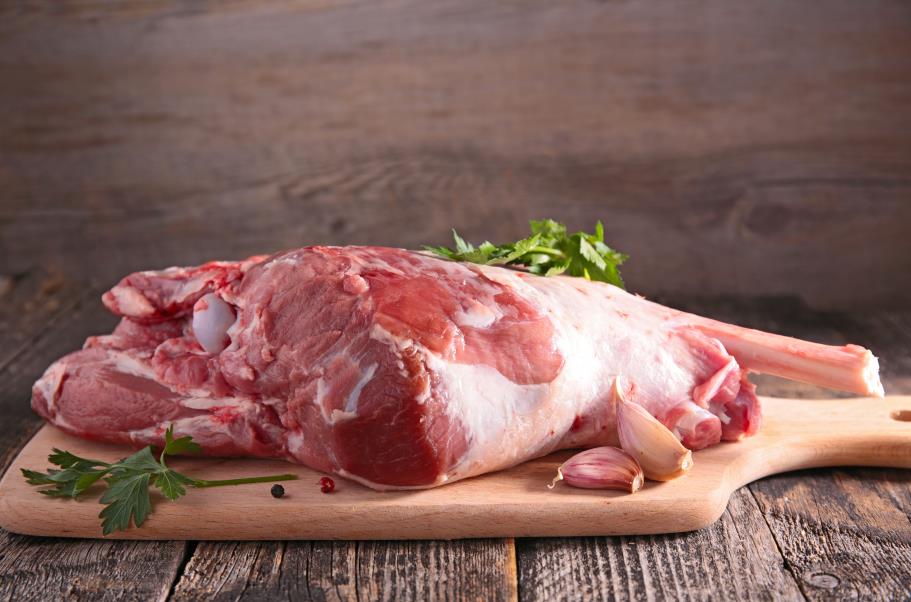
The leg of the lamb is the part between the loin and the shank. The leg primal is relatively large and contains some of the lamb’s toughest cuts. The tough muscles in this primal are worked hard, resulting in a tougher texture.
For this reason, it’s best to cook the leg using moist heat methods like braising or stewing.
Retail cuts of the lamb leg include;
- Bone-in leg roast: The leg roast is a large cut that contains the entire leg muscle. It’s one of the tougher cuts of lamb, making it best suited for braising or stewing.
- Boneless leg roast: The boneless leg roast is a large cut similar to the bone-in-leg roast but without the bone.
- Center slice leg steaks: These steaks come from the center of the leg and are some of the leanest and most tender cuts. You can pan-fry or grill these steaks.
- Kabob and stew meat: These cuts are ideal for stewing or kabobbing as they’re relatively tough. You can cube the meat or cut it into larger chunks.
We suggest leaving the bone in when cooking a leg of lamb roast. The bone adds flavor and also helps keep the meat moist. Plus, it’s a sight to behold when carved at the table.
Breast
The breast is part of the foresaddle, below the shoulder and rib, and above the foreshank. The breast is a heavily worked muscle, making it relatively tough.
This part contains lots of cartilage and connective tissue. For this reason, the breast is best cooked using moist heat methods like braising.
Shank
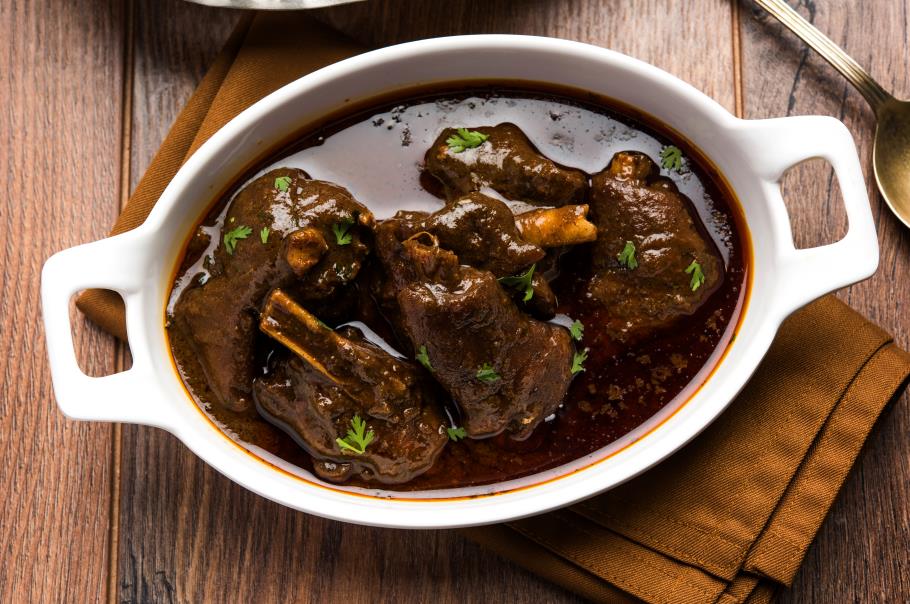
The shank is the part of the lamb between the leg and the foot. Lambs have two shanks, the foreshank, and the hindshank. While the shanks are heavily worked muscles, they’re not the toughest parts of the lamb. For this reason, they’re best cooked using moist heat methods like braising or stewing.
The shank is a relatively small part of the lamb. As a result, there are few retail cuts from this primal. One of the most popular cuts is the shank half, which is ideal for braising and stewing.
Lamb Neck
The lamb neck is the part of the lamb between the head and the body. The neck is relatively small, fatty, and tough. When preparing the neck, remove the fatty skin and gristle it. Cut the neck into thick slices or chunks, perfect for braising or stewing. You also use an instant pot or slow cooker for this tough cut.
Regarding retail cuts, most grocers sell the lamb neck as a whole or diced. You can also find ground lamb neck, which is perfect for making burgers or meatballs.
Closing Thoughts
The search for the perfect lamb chop, roast, or kabob starts with understanding the different cuts of lamb. With this guide in hand, you’ll be able to navigate the butcher counter confidently. So, next time you’re at the store, remember the location of your favorite cuts and try something new. Your taste buds will thank you.
We also recommended a few of our top-tier handmade kitchen knives. You can visit our store to see available discounts. Our blog has all you need if you want more information on other animal cuts.












